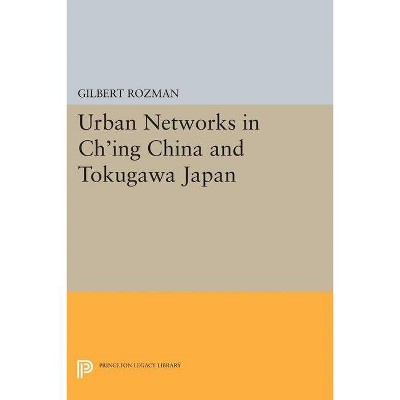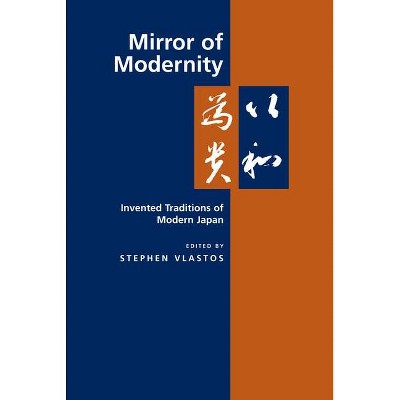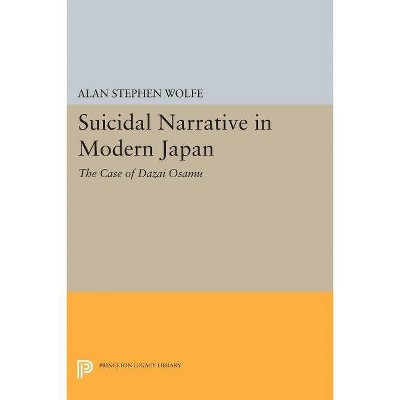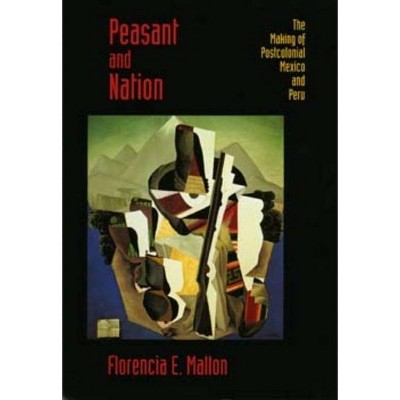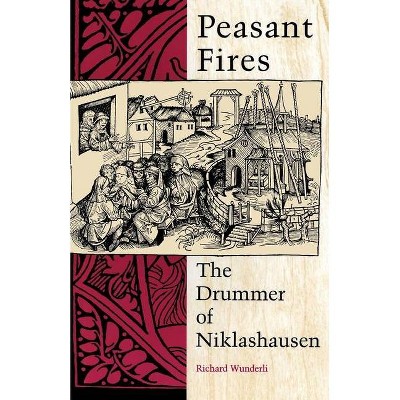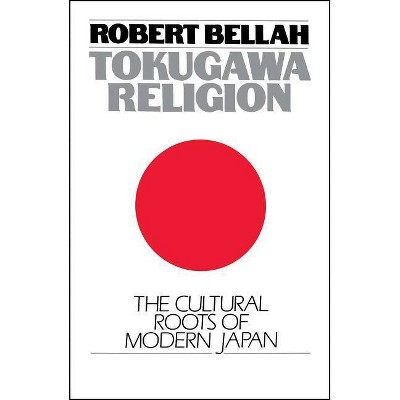Peasant Protests and Uprisings in Tokugawa Japan - by Stephen Vlastos (Paperback)
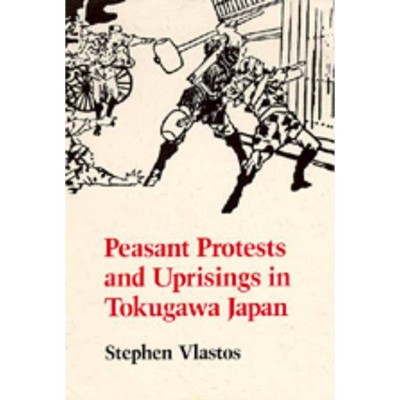
Similar Products
Products of same category from the store
AllProduct info
<p/><br></br><p><b> Book Synopsis </b></p></br></br>The Japanese peasant has been thought of as an obedient and passive subject of the feudal ruling class. Yet Tokugawa villagers frequently engaged in unlawful and disruptive protests. Moreover, the frequency and intensity of the peasants' collective action increased markedly at the end of the Tokugawa period. Stephen Vlastos's examination of the changing patterns of peasant protest in the Fukushima area shows that peasant mobilization was restricted both ideologically and organizationally and that peasants did not become a prime moving force in the Meiji Restoration.<p/><br></br><p><b> Review Quotes </b></p></br></br><br>"A succinct and lucid historical overview of protest during the Edo period. . . . Students of Tokugawa history, of peasant protest, and of the political economy of premodern societies will read "Peasant Protests and Uprisings in Tokugawa Japan to their profit."--James W. White, "Monumenta Nipponica<br><p/><br></br><p><b> About the Author </b></p></br></br><b>Stephen Vlastos</b> is Professor of History at the University of Iowa.
Price History
Price Archive shows prices from various stores, lets you see history and find the cheapest. There is no actual sale on the website. For all support, inquiry and suggestion messages communication@pricearchive.us
